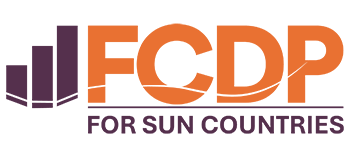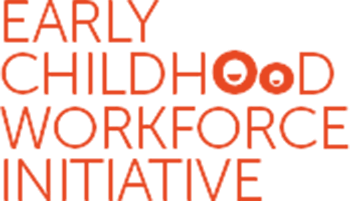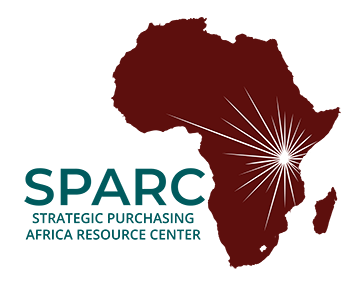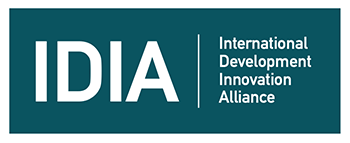The Challenge
While Uganda has made improvements in reducing preventable child deaths, under-five mortality remains a persistent challenge. As of 2016, nearly 64 children under-five die per every 1,000 live-births. Lack of access to quality child health services and low coverage of key household care practices (e.g., use of insecticide treated nets to prevent malaria) are key drivers of this mortality. Committed to achieving Sustainable Development Goal targets on child health, Uganda must more than halve their under-five mortality to 25 under-five deaths per 1,000 live-births by 2030.
The Opportunity
To help achieve these improvements in mortality, the Government of Uganda has developed the Uganda Reproductive, Maternal, Newborn, Child, and Adolescent (RMNCAH) Sharpened Plan, which articulates a set of evidence-based clinical and community-based interventions. Multiple development partners support the implementation of this plan across Uganda. To further support these partners, the USAID Maternal and Child Survival Program (MCSP) provides targeted support to integrate the delivery of the plan’s child health component across the continuum of care. As MCSP is exploring innovate models for strengthening child health service delivery, information on the costs of these approaches will be important to inform health-sector stakeholders on investments for future scale-up.
The Work
As a partner on MCSP, R4D is leading an analysis to estimate the costs of these innovative approaches for strengthening the provision of child health services. Working with USAID, the Government of Uganda, and other development partners, R4D is analyzing the costs of implementation and creating models that will project the costs of scaling up these approaches, including relating the costs to improvements in coverage where data is available. These findings will guide local change agents to make informed decisions on future investments in child health services to reduce preventable under-five mortality.













